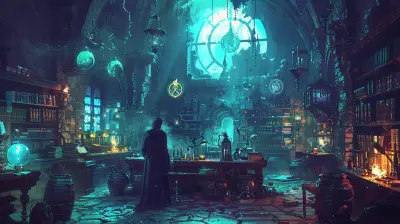Platforming by the Rules: Understanding Game Mechanics in Platformers
4 May 2025
Ah, platformers. The genre that feels as timeless as a childhood memory, tugging at our sleeves and daring us to leap, bounce, and climb our way to victory. Whether you’re vaulting over pixel-perfect pits or scaling celestial towers, there’s something magical about the simple yet intricate dance of a well-designed platformer. But beneath the nostalgia and the adrenaline are the invisible threads that make it all work—game mechanics.
Without them, a platformer would be as frustrating as trying to jump over puddles in concrete shoes. So, let’s dive headfirst into the mechanics that keep us hooked, the rules that define the genre, and why mastering these rules feels like learning to fly.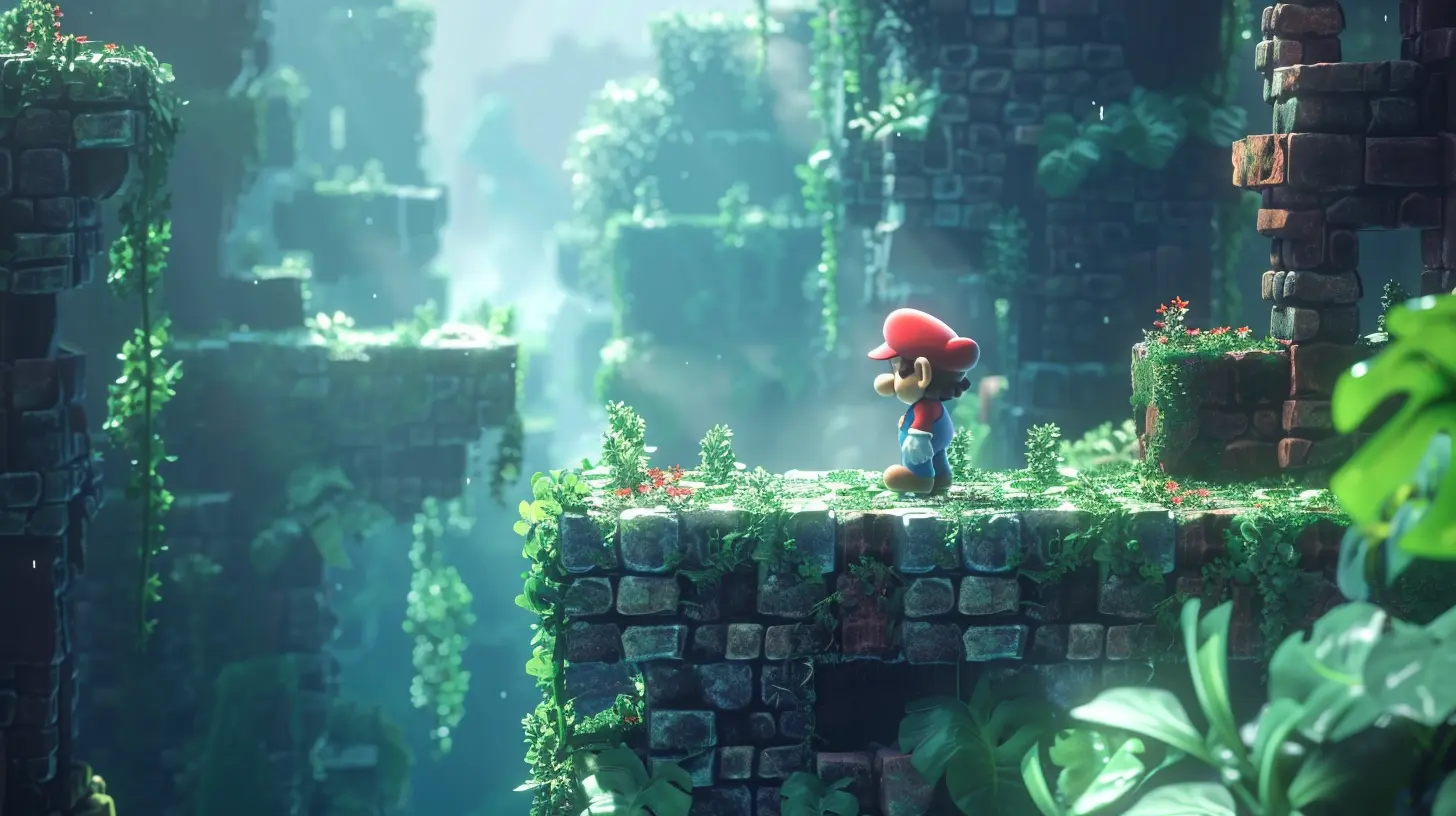
What Are Platformers, Anyway?
Let’s start at square one (literally). A platformer is a type of video game where the core gameplay revolves around—you guessed it—platform-based movement. You’re usually controlling a character who’s running, jumping, and navigating levels full of ledges, obstacles, and enemies. Think of classics like Super Mario Bros. or modern gems like Celeste.At first glance, it’s all about jumping from Point A to Point B, right? Sure, but there’s a lot more happening beneath the surface. Platformers thrive on precision, timing, and flow, and every single mechanic is meticulously crafted to serve that purpose.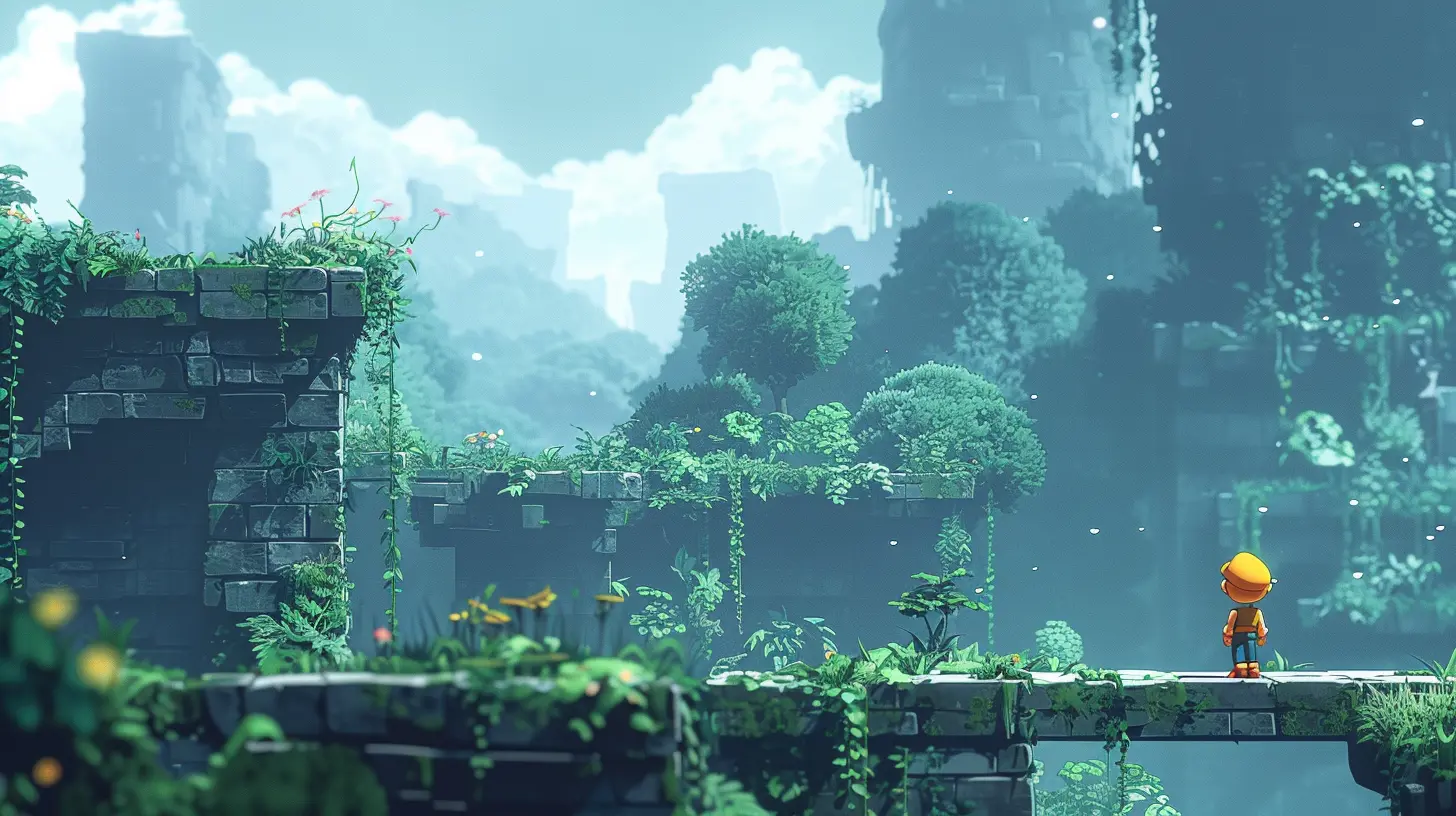
Jumping: The Heartbeat of Platformers
Let’s face it: if a platformer can’t get jumping right, it’s basically game over. Jumping isn’t just a mechanic—it’s the soul of the genre. Every leap carries a sense of purpose, risk, and reward. But what makes a jump feel good?1. The Arc of Perfection
Ever notice how satisfying it feels when you nail a jump in a game? That’s because most platformers use a parabolic arc for jumping. It’s physics, baby! The trajectory mimics how objects move in real life, giving the movement a natural, intuitive feel. When you hit that perfect jump, it’s like poetry in motion—gravity’s pull, your timing, and the game’s rhythm all aligned like constellations in the night sky.2. Variable Jump Heights
Great platformers give you control—hold the button longer, and you jump higher; tap it lightly, and you do a short hop. This isn’t just a gimmick; it’s a way to layer complexity into gameplay. Suddenly, jumps aren’t just about distance but finesse. Should you go for the tiny hop to dodge an enemy, or risk the big leap for a hard-to-reach collectible? Decisions, decisions.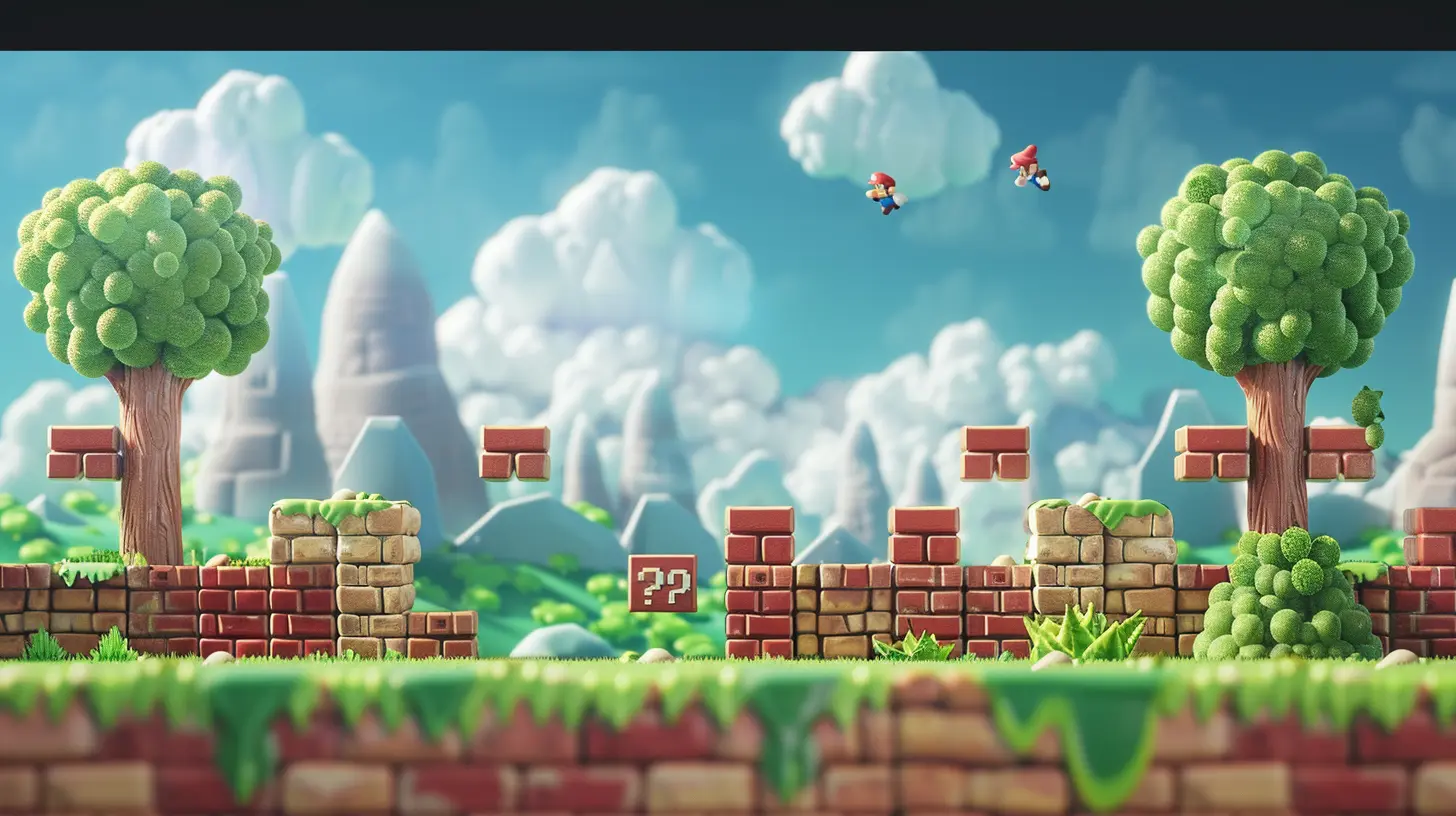
Gravity: The Unsung Hero
While jumping gets all the glory, gravity does all the heavy lifting. Developers tweak gravity settings to control how fast or floaty your character feels. In some games, you plummet to the ground like a boulder (Super Meat Boy). In others, you drift down like a feather (Rayman Legends).This one mechanic can make or break the game’s tone. Heavier gravity amps up the tension, making every step feel deliberate; lighter gravity adds a sense of whimsy, letting you savor those mid-air moments.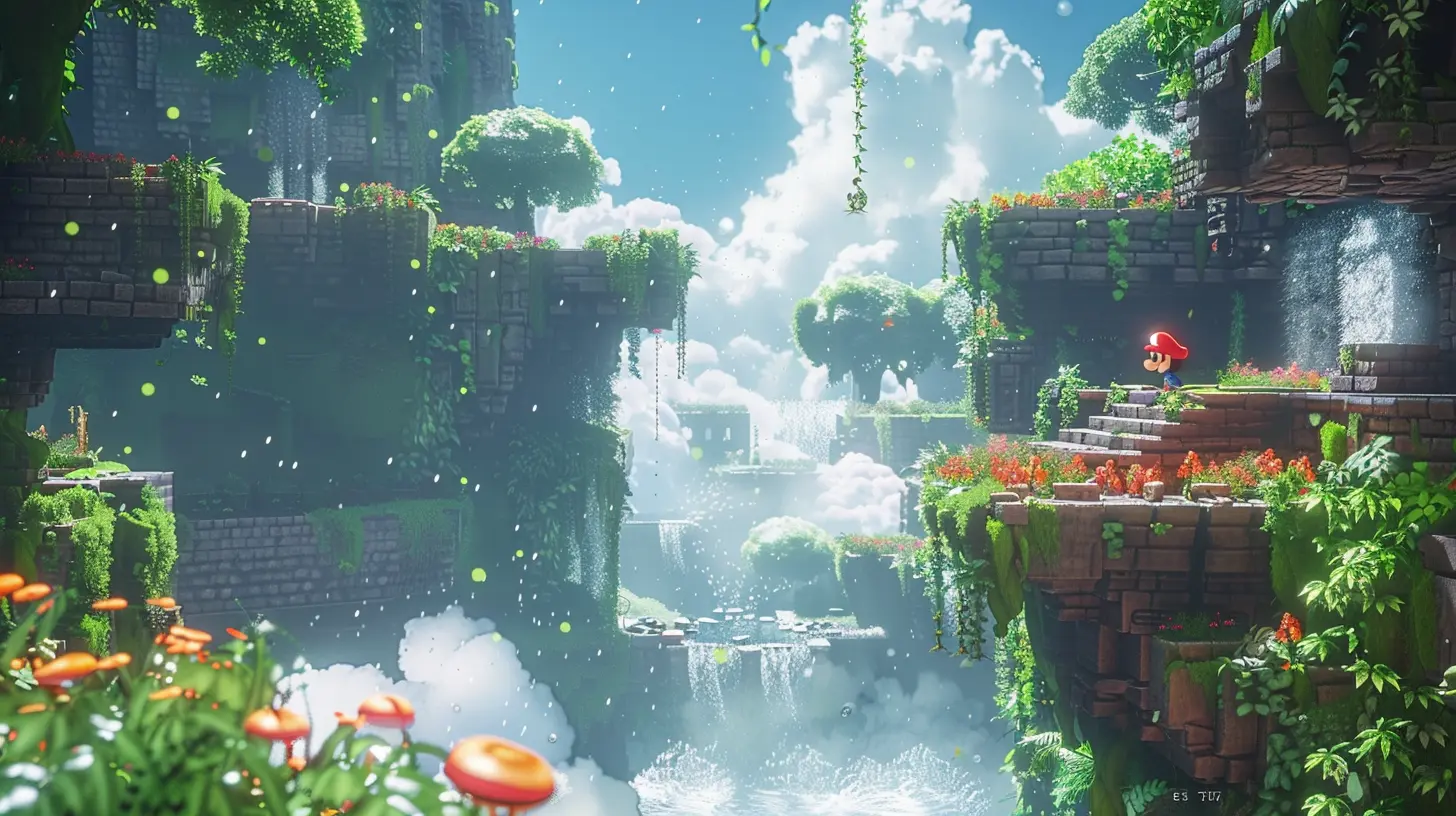
Levels: The Playground of Mechanics
Let’s talk about levels—the stages where all these mechanics come alive. Great level design is like a conversation between the player and the developer. The levels teach you without words, nudging you toward mastery without feeling like a lecture. But how do they do it?1. Tutorials Without Handholding
Think about the first Goomba in Super Mario Bros.. The game doesn’t slap you with a tutorial saying, “Jump here to avoid enemies.” Instead, it places the Goomba in your path, forcing you to jump to avoid taking damage. Lesson learned through gameplay. Clever, right?2. The Difficulty Curve
No one wants to go from skipping over puddles to scaling Mount Everest in the span of two levels. Good platformers ease you into the mechanics, slowly ramping up the complexity. By the end, you’re chaining jumps, dodging projectiles, and wall-climbing like a pro—without realizing just how much you’ve grown.3. Hazards and Helpers
Platforms aren’t all sunshine. Spikes, moving platforms, collapsing floors—they’re the spice in the platforming stew. But don’t forget the helpers: bounce pads, power-ups, or checkpoints that feel like a pat on the back. These elements work in harmony to keep you on your toes without making you want to throw your controller through the wall.Momentum: The Speed Demon
Momentum is often the secret sauce that makes a platformer feel alive. Take Sonic the Hedgehog, for example. When you’re zipping through loops and launching off ramps, you feel unstoppable. That’s momentum at work—rewarding you for maintaining speed and timing.But momentum isn’t just for speed demons. Even slower-paced platformers, like Limbo, use momentum to create tension. Pushing heavy objects, swinging ropes, or timing a leap from a moving platform all rely on mastering the delicate balance between motion and stillness.
Wall Jumps, Double Jumps, and Other Tricks
Platformers love to spice things up with extra moves. Wall jumps let you scale vertical spaces like a ninja, while double jumps feel like defying gravity itself. These mechanics serve to break up the monotony of basic jumping and add layers to level design.But here’s the kicker: these moves need to feel earned. Unlocking a double jump halfway through a game can completely change how you approach earlier levels, adding replay value and a sense of progression.
The Role of Enemies
What’s a platformer without a few foes to spice things up? Enemies in platformers aren’t just there to step on or avoid; they’re part of the level design. They block paths, patrol platforms, and turn simple jumps into high-stakes maneuvers.Great enemies teach you the mechanics just as much as the platforms do. A moving enemy might force you to time your jumps more carefully, while a flying foe adds vertical tension to the mix. And let’s not forget boss battles—those multi-stage gauntlets that push all your skills to the limit.
The All-Important Flow
At their best, platformers create a sense of flow—that magical state where everything clicks, and you’re not just playing the game; you’re dancing with it. The jumps, the timing, the rhythm—it all falls into place like the gears of a finely tuned clock.But achieving flow isn’t just about smooth mechanics; it’s about pacing. A well-designed platformer knows when to let you breathe and when to crank up the intensity. It’s like a rollercoaster—ups, downs, loops, and the occasional moment to catch your breath before the next plunge.
Why Do We Love Platformers So Much?
Is it the nostalgia? The challenge? The sense of accomplishment when you nail that tricky sequence? Maybe it’s all of the above. Platformers tap into something primal—a love for movement, rhythm, and discovery. They remind us that sometimes, life is about the small victories: a perfectly timed jump, a hard-fought checkpoint, or a level that seemed impossible just minutes ago.Plus, there’s something universal about platformers. You don’t need a complex story or hyper-realistic graphics to get hooked. All you need is a character, a platform, and a reason to jump.
Conclusion: Platforming by the Rules
Platformers aren’t just games; they’re a masterclass in game design. They teach us that rules don’t have to limit creativity—they can spark it. By understanding the mechanics of platformers, we gain a deeper appreciation for the art form. The next time you’re teetering on the edge of a pixel-perfect jump, take a moment to marvel at how much thought went into that tiny leap.So, ready to press start? The world of platformers is waiting, and every jump is a story waiting to be told.
all images in this post were generated using AI tools
Category:
Platformer GamesAuthor:

Tina Fisher
Discussion
rate this article
3 comments
Marie Moses
Fascinating insights! It’s intriguing how platformers use mechanics to shape player experiences. I’d love to hear more about how different games innovate within these classic rules.
May 16, 2025 at 4:08 AM

Tina Fisher
Thank you! I appreciate your interest. Different games innovate through unique mechanics, like gravity shifts in *Celeste* or time manipulation in *Braid*, enhancing player engagement while staying true to classic platforming roots. Let's explore more examples!
John Williams
This article eloquently highlights how core mechanics define platformers. By dissecting movement, physics, and level design, it enlightens players on the intricate balance between challenge and player agency in the genre.
May 10, 2025 at 5:07 PM

Tina Fisher
Thank you for your thoughtful comment! I'm glad you found the article insightful in exploring how core mechanics shape the platforming experience.
Remington Sheppard
Understanding game mechanics in platformers enhances both design and gameplay experience. By mastering these rules, players can appreciate the intricate balance of challenge and reward, while developers can craft engaging worlds that invite exploration and creativity.
May 9, 2025 at 5:01 PM

Tina Fisher
Thank you for your insightful comment! Understanding game mechanics truly enriches the experience for both players and developers, fostering a deeper appreciation for the artistry in platformers.
